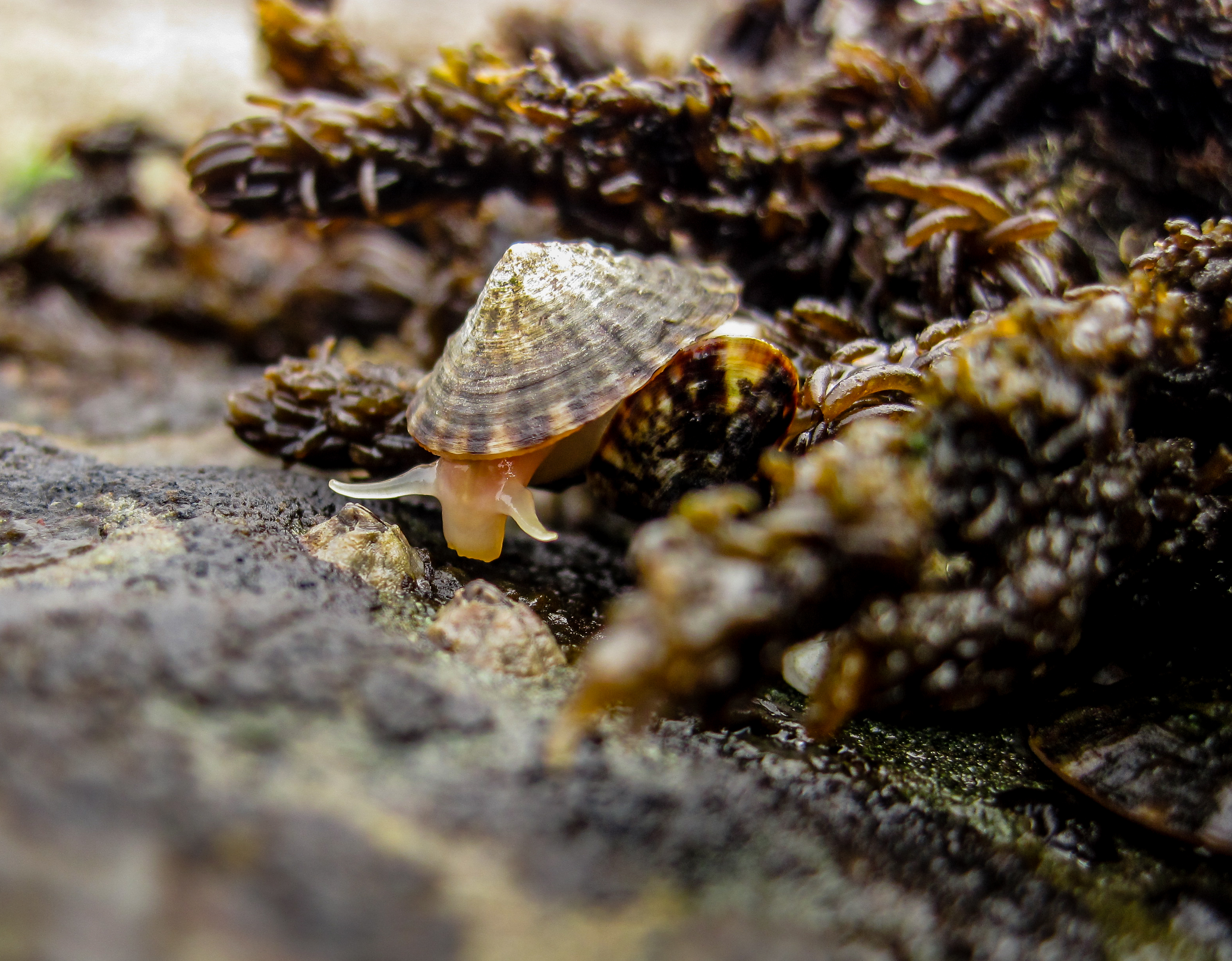Herbivores help protect ecosystems from climate change
October 10, 2017

October 10, 2017

Plant-eating critters are the key ingredient to helping ecosystems survive global warming, finds new UBC research that offers some hope for a defence strategy against climate change.
“The herbivores created space for other plants and animals to move in and we saw much more diversity and variety in these ecosystems,” said Rebecca Kordas, the lead author of the study who completed this research as a PhD student in zoology at UBC. “We want variety because we found it helps protect the ecosystem when you add a stressor like heat.”
For this study, Kordas, who is now a research fellow at Imperial College London, and her colleagues created mini-marine ecosystems on the shore of Ruckle Park on British Columbia’s Salt Spring Island. The mini ecosystems were built on hard plastic plates that allowed researchers to control the temperatures. Some of the plates allowed voracious herbivores called limpets in, and some kept them out. Limpets are like snails, but with a cone-shaped shell.
The researchers were studying life in the intertidal zone, the area of the shore between the low tide and high tide. This area is home to a community of starfish, anemones, mussels, barnacles and seaweed. As the tide moves in and out, the plants and animals must cope with huge variation in temperature every day, sometimes as much as 20 to 25 degrees Celsius.
“These creatures are already living at their physiological limits, so a two-degree change – a conservative prediction of the warming expected over the next 80 years or so – can make a big difference,” said Kordas. “When heat waves come through B.C. and the Pacific Northwest, we see mass mortality of numerous intertidal species.”
The researchers found that in the summer, when temperatures were at their warmest, communities could fare well even if they were heated, but only if limpets were present.
“When limpets were part of the community, the effects of warming were less harsh,” she said.
Christopher Harley, a professor of zoology at UBC and senior author on the study, says consumers like limpets, sea otters or starfish are very important to maintaining biodiversity, especially in aquatic ecosystems. Losing these species can destabilize ecosystems, but by the same token, protecting these species can make ecosystems more resilient.
“We should be thinking of ways to reduce our negative effects on the natural environment and these results show that if we do basic conservation and management, it can make a big difference in terms of how ecosystems will weather climate change,” Harley said.
The study was published today in Science Advances.
We honour xwməθkwəy̓ əm (Musqueam) on whose ancestral, unceded territory UBC Vancouver is situated. UBC Science is committed to building meaningful relationships with Indigenous peoples so we can advance Reconciliation and ensure traditional ways of knowing enrich our teaching and research.
Learn more: Musqueam First Nation